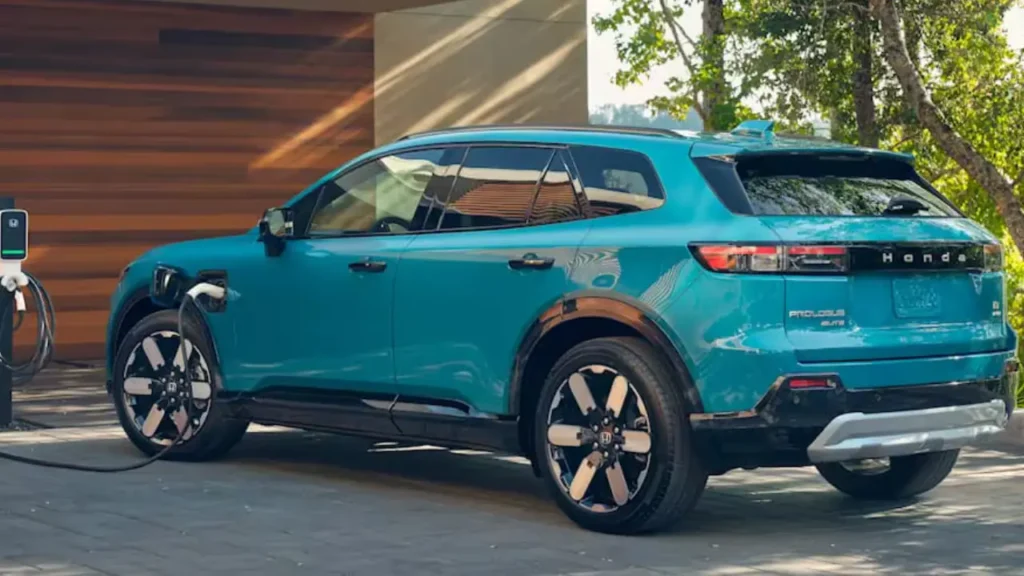Table of Contents
The Future of Autonomous Vehicles
The future of autonomous vehicles (AVs) by 2030 is poised to be transformative, with significant advancements in technology, infrastructure, and regulatory frameworks. Here are some key expectations:
1. Technological Advancements
- Improved AI and Machine Learning: Enhanced algorithms will enable better decision-making, object recognition, and predictive capabilities, making AVs safer and more reliable.
- Sensor and Perception Systems: Advances in LiDAR, radar, and camera technologies will improve the accuracy and range of perception systems, allowing AVs to navigate complex environments more effectively.
- V2X Communication: Vehicle-to-everything (V2X) communication will become more prevalent, enabling AVs to interact with other vehicles, infrastructure, and pedestrians, enhancing safety and traffic efficiency.
2. Regulatory and Legal Frameworks
- Standardized Regulations: Governments worldwide are expected to establish standardized regulations for AVs, addressing safety, liability, and data privacy concerns.
- Insurance Models: New insurance models will emerge, focusing on product liability for manufacturers and software providers rather than individual driver liability.
3. Infrastructure Development
- Smart Infrastructure: Cities will invest in smart infrastructure, including connected traffic lights, dedicated AV lanes, and enhanced road markings to support AV operations.
- Charging Networks: Expansion of electric vehicle (EV) charging networks will support the growing number of electric AVs, promoting sustainability.
4. Market Penetration and Adoption
- Ride-Sharing and Mobility Services: Autonomous ride-sharing services will become more common, reducing the need for personal car ownership and transforming urban mobility.
- Commercial Use: AVs will be widely adopted in logistics and delivery services, improving efficiency and reducing costs in supply chains.
5. Economic and Social Impact
- Job Displacement and Creation: While AVs may displace certain jobs, such as truck and taxi drivers, new opportunities will arise in AV maintenance, software development, and data analysis.
- Accessibility: AVs will provide greater mobility options for elderly and disabled individuals, enhancing their quality of life.
6. Challenges and Considerations
- Cybersecurity: Ensuring the cybersecurity of AVs will be critical to prevent hacking and ensure passenger safety.
- Ethical and Moral Decisions: Developing ethical guidelines for AV decision-making in critical situations will remain a complex challenge.
By 2030, autonomous vehicles are expected to be a common sight on roads, significantly impacting transportation, urban planning, and daily life. However, the pace of adoption will depend on overcoming technical, regulatory, and societal challenges.
Related Articles
- Maruti’s First EV Car – EVX (e-Vitara): A Game-Changer in India’s Electric Vehicle Market
- Tata Nexon: The Game-Changer in the Compact SUV Segment (2025)
- Toyota Raize: The Compact SUV That’s Redefining Urban Driving
- Honda Shine 100 vs Honda Shine 125: Which One Should You Choose?
- TVS Ronin: The Ultimate Urban Roadster Redefining Modern Motorcycling
- Yamaha RX 100: The Legendary Bike That Redefined Indian Roads
- The New Tata Safari: A Perfect Blend of Heritage and Modernity
- New Mahindra Bolero: Redefining Toughness and Reliability in 2025
- Honda Activa 7G: Revolutionizing the Scooter Industry (2025)
- Bajaj Platina 110: The Ultimate Commuter Bike for Indian Roads (2025)
- Tata Sumo: A Legend of Indian Roads (2025)
- Hero Splendor Plus: The Ultimate Guide to India’s Most Loved Bike (2025)
- New TVS Jupiter: The Perfect Blend of Performance and Style (2025)
- Kia Syros: A Comprehensive Guide to Kia’s Latest SensationKia Syros
- Tata Sierra: A Comprehensive Review of the Iconic SUV (2025)
- Hero Xoom 160: A Complete Review, Features, and Performance (2025)
- Kawasaki Ninja 500: Ultimate Review, Features, and Performance (2025)
- Best Tyre Brands in India (2024)
- Best EV Cars in India (2024)
- Best Electric Bike in India (2024)
- Best Electric Bicycles in India (2024)
- Best Gear Cycle Under 10000: A Comprehensive Guide
- KTM Duke 250: The Perfect Balance of Power and Precision












